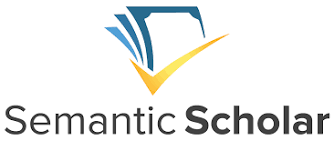Adopting IPSASs in Iraq (Importance, justifications, Requirements, and Challenges)
DOI:
https://doi.org/10.56286/f6kx6779Keywords:
Government accounting system, IPSAS standards, state budget.Abstract
The research aims to demonstrate the importance of adopting IPSAS in Iraq. And identify the requirements and challenges we face for its adoption in Iraq. The research is based on three hypotheses that the adoption of international accounting standards for the public sector in Iraq contributes to increasing the efficiency and effectiveness of the Iraqi government accounting system. The most important requirements for adopting them is to provide a legislative basis for adopting standards, and one of the most important challenges facing their adoption in Iraq is the impact of adoption on the relationship between the government accounting system and the state’s general budget and the instability of IPSAS standards due to their many amendments. The research adopted the descriptive analytical method to achieve the research objectives and test its hypotheses. The research reached a number of conclusions, the most important of which is: Adopting IPSASs contributes to enhancing the efficiency of public financial management in managing public sector resources, by increasing the transparency of information, raising the efficiency and effectiveness of public procedures, supporting the issue, and evaluating the performance of public sector units. He also presented a number of recommendations, the most important of which is, the adoption of IPSASs should take place according to a timetable designed according to an in-depth analytical study that specifies the basic application steps and the transitional stages for adopting the standards
Downloads
Published
Versions
- 2025-09-17 (2)
- 2025-04-08 (1)






